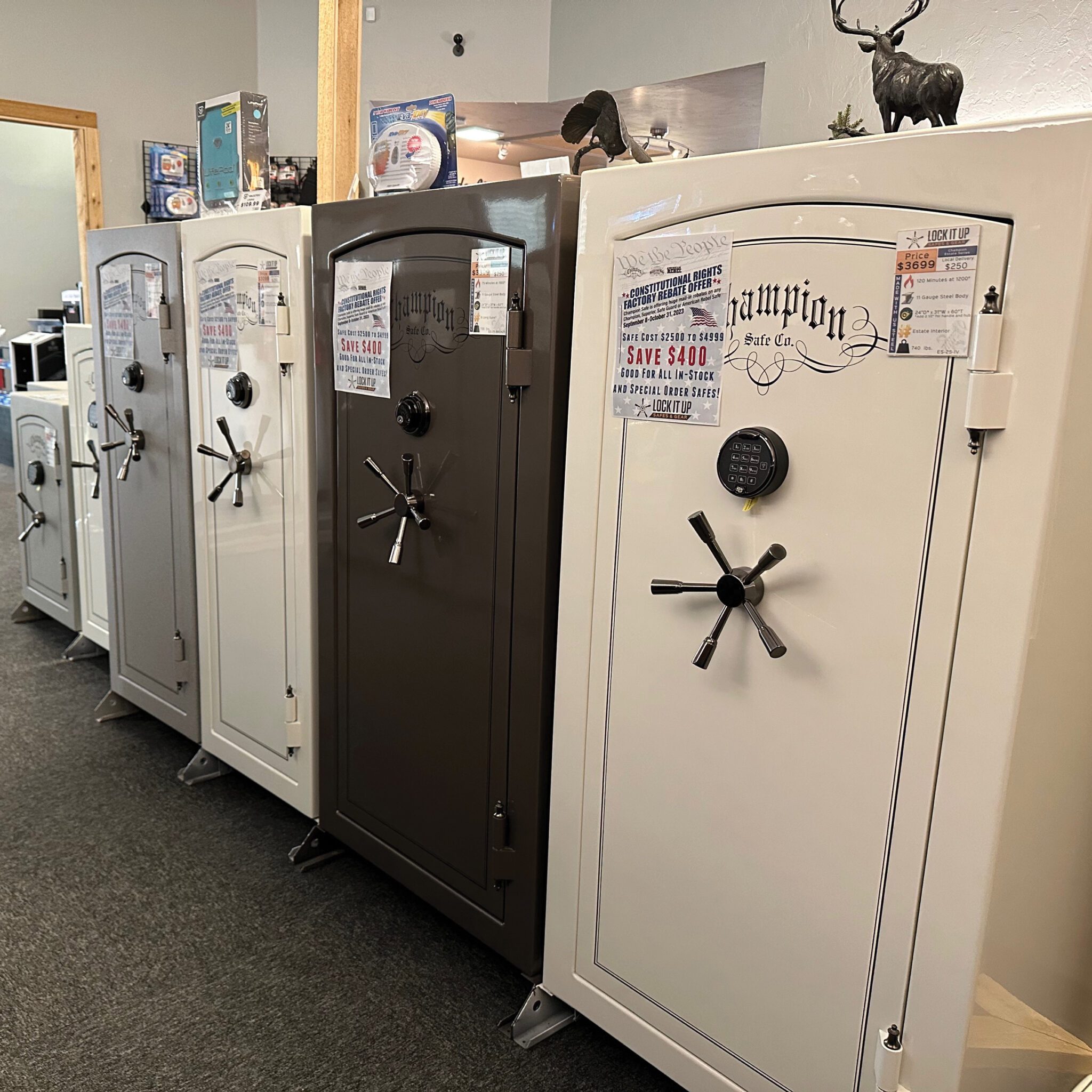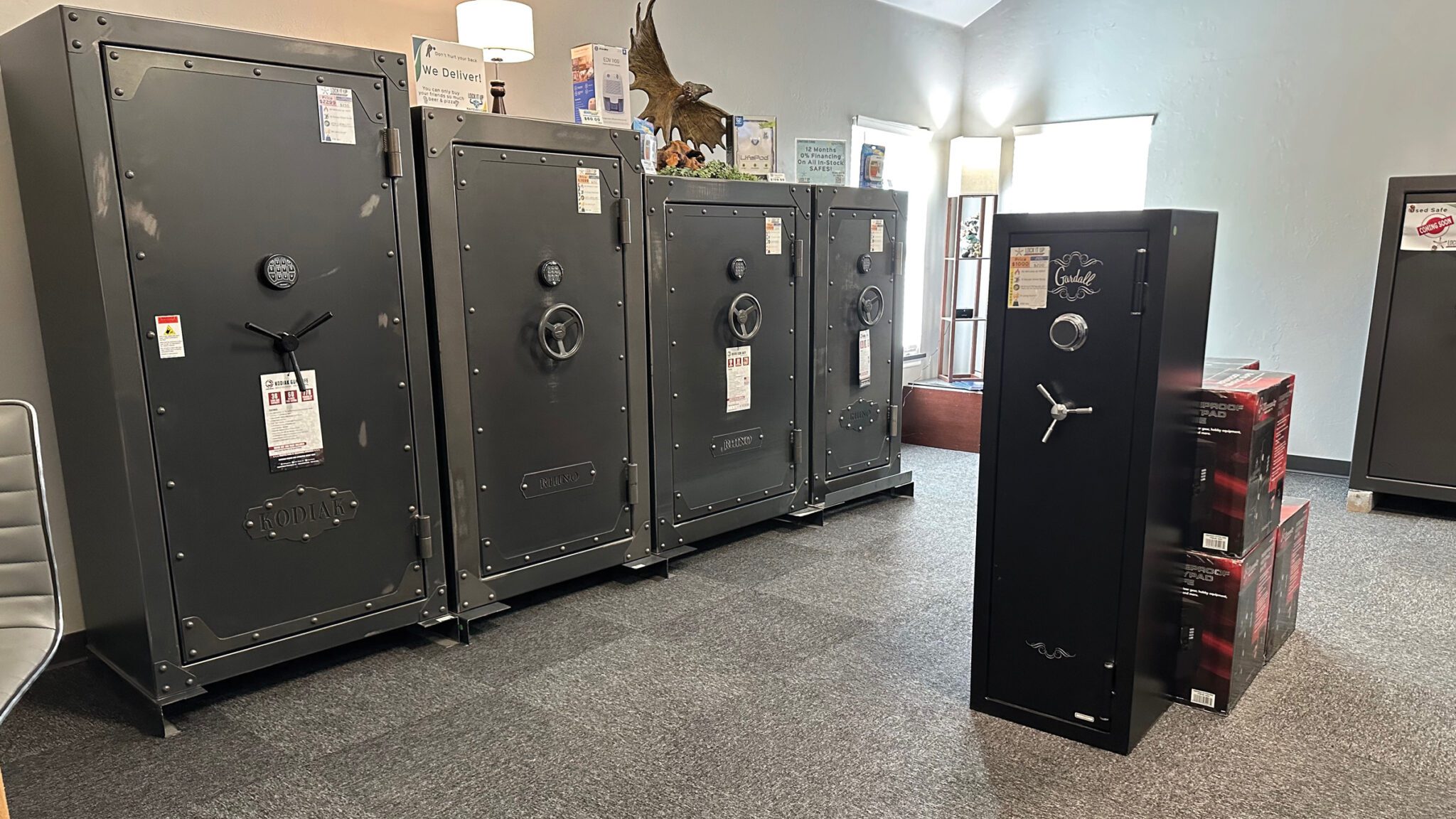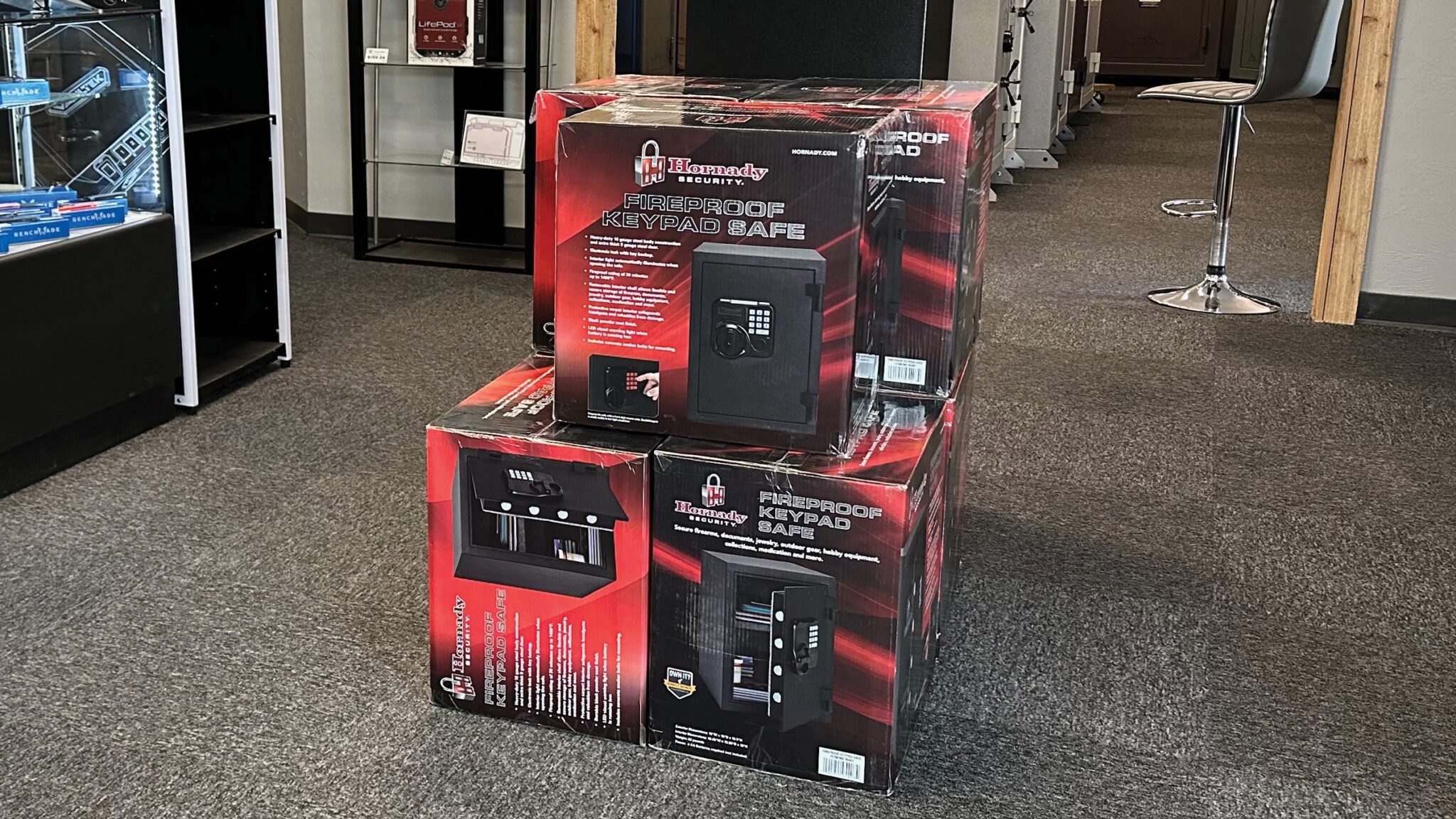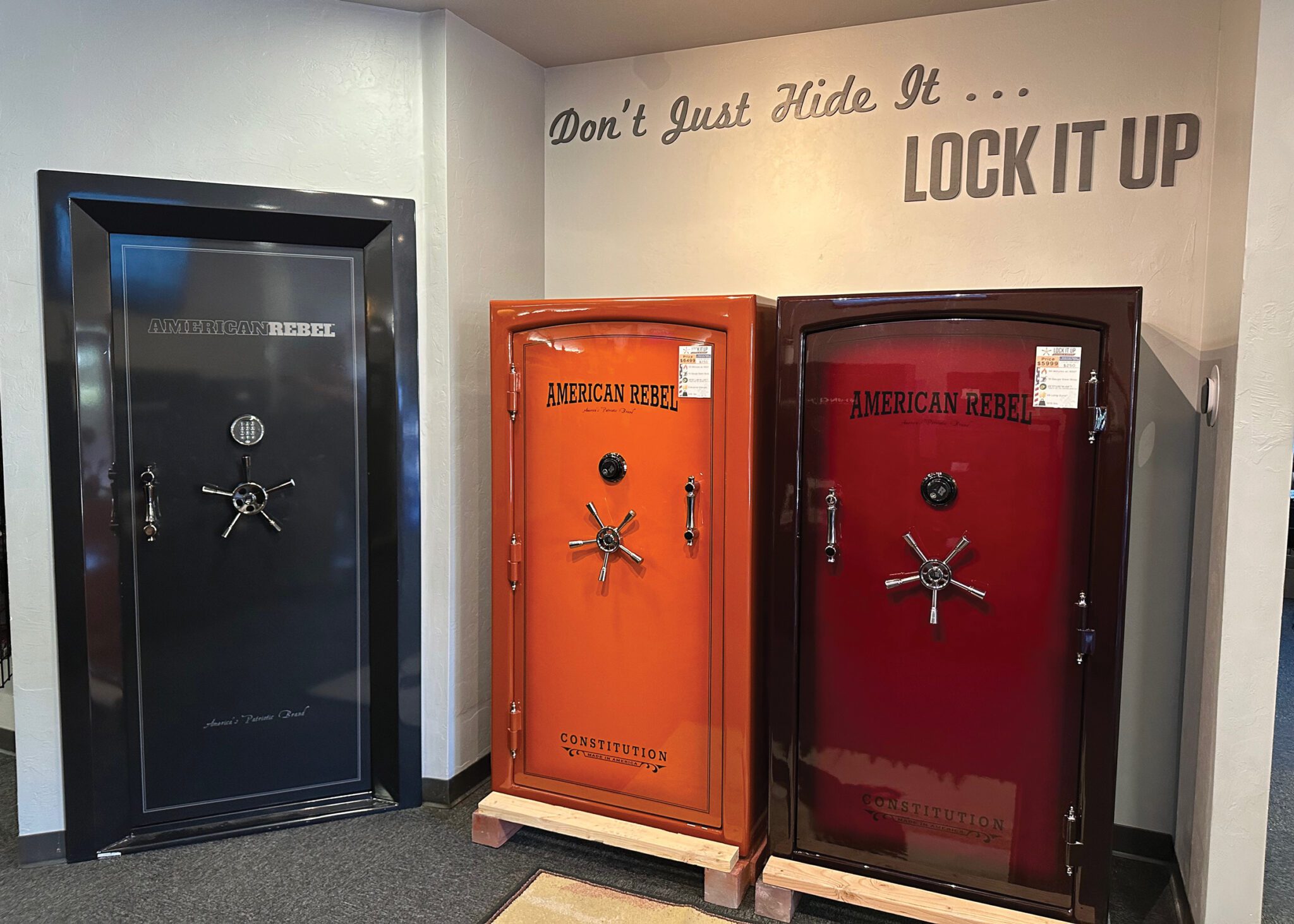Safe Spaces
When not in use, firearms need to be securely stored.
By Christopher Cogley

The thickness of the steel and the construction of the safe are the biggest considerations when looking at a gun safe.
It’s no secret that the past couple of years have seen a massive increase in the number of new gun owners. After purchasing that new firearm and all the essential accessories to accompany it, the added cost of a gun safe might seem like an unnecessary expense to some first-time gun owners. The reality, though, is that safely storing firearms is one of the most important responsibilities of gun ownership, and it should never be overlooked or undervalued. Here are some factors to help you help your customer choose the safe that best meets their individual needs.
Size
As a general rule of thumb, the bigger, the better. Tell the customer it’s best to plan for the future. Spending a little more on a bigger gun safe now will save them from having to buy another one down the road when they’ve found their firearm selection has outgrown its safe space.
Security
The primary purpose of a gun safe is in the name itself—safety. It is the responsibility of all gun owners to make sure their firearms don’t end up in the hands of anyone who shouldn’t handle firearms, and that includes children, thieves, and anyone who is prohibited by law from having a gun. The most reliable way to do that is with a secure gun safe.
The biggest consideration when looking at the security of a gun safe comes down to two main factors: the thickness of the steel and the construction of the safe. When it comes to construction, look for a safe that has continuous welded construction instead of bolts or spot-welding, which are easier for trained gun thieves to cut through with torches or high-power saws.
As for locks, traditional combination locks are arguably the simplest choice. The downside, though, is they don’t provide quick access to firearms in an emergency. Electronic and biometric keypads provide quicker access.
Fireproof Rating
Aside from theft, the biggest threat to your firearms is fire. Unfortunately, the fireproof rating on gun safes can be a little confusing to almost anyone who isn’t an industry expert. This is largely because there isn’t an industry “standard” fireproof rating.
As a general rule, the fireproof rating states how long a safe can be exposed to a fire of a particular temperature and maintain a temperature inside the safe of no more than 350 degrees F. To put this in context, the average house fire creates temperatures between 800 and 1,200 degrees F. So, if a gun safe has a fireproof rating of 1,000 degrees for one hour, that means it’s rated to keep the interior temperature of that safe below 350 degrees F. for one hour, as long as the temperature of the fire does not exceed 1,000 degrees F.
Although the cost of purchasing a gun safe that meets a customer’s current, and future, needs might seem pretty steep, it’s important to remind them the purchase really is an investment in safety and security. And that’s something you really can’t put a price on.

Traditional combination locks are arguably the simplest choice, but electronic and biometric keypads provide quicker access.

Handguns for self defense can be stored in smaller, more readily accessible safes.

For best results in case of fire, the safe in a house or garage should be located against an outside wall.
